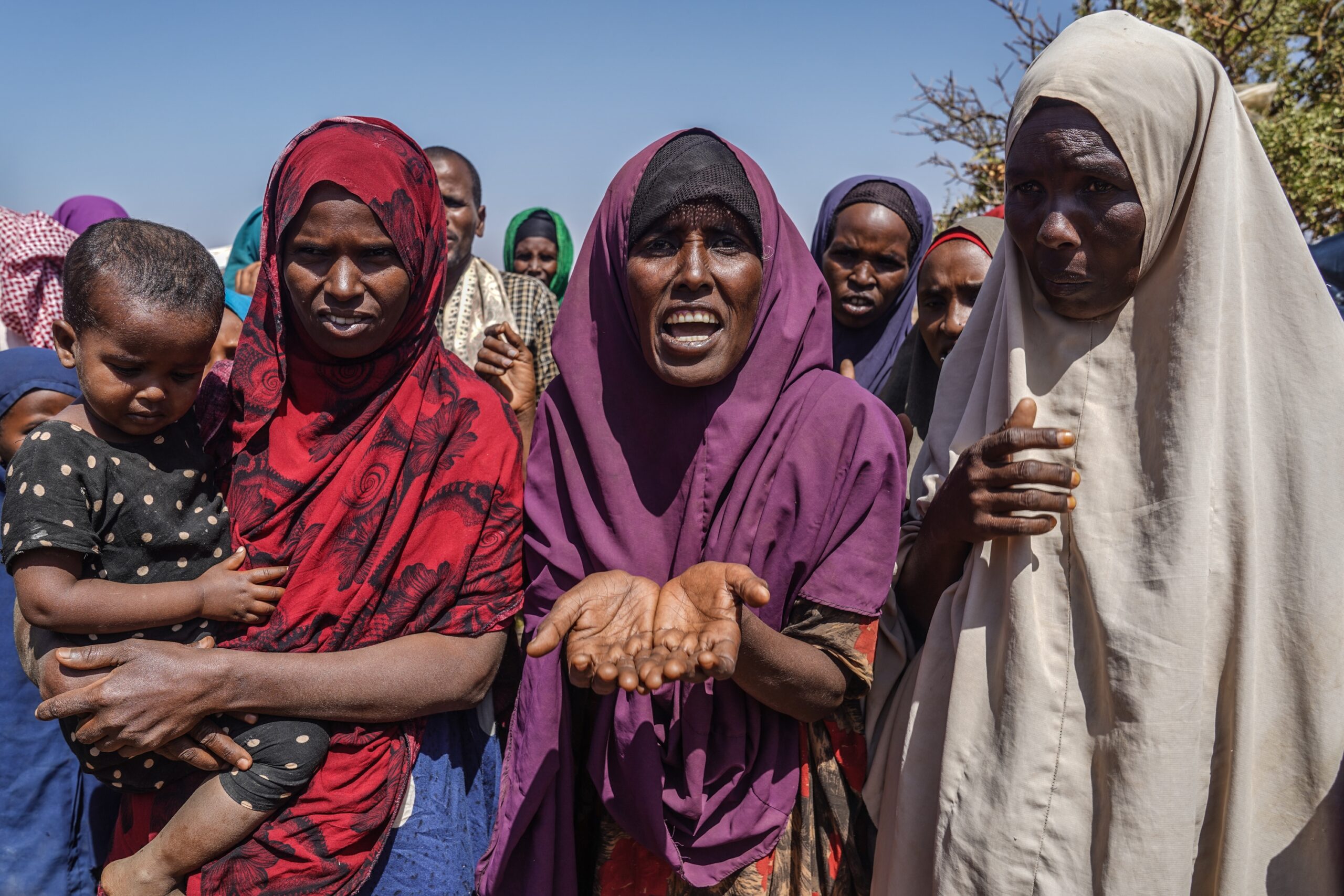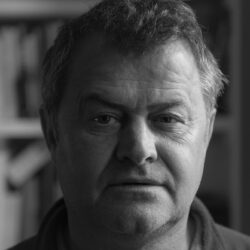
Giles Clarke

PX3 Prix de la Photographie Paris 2023 – State of the World
Curatorial Selection – Somalia; Frontline of the global climate crisis.
Can you briefly tell us about your background and what inspired you to pursue photography?
I grew up on a farm in the Isle of Wight in England surrounded by fields and rugged coastline so spent a lot of time outside running around. I picked up a camera when I went to live in West Berlin in the mid-1980’s as a way to keep a diary initially. The first photography exhibition I saw that resonated was Robert Capa’s powerful series he made in Japan post Hiroshima. It was on show in an old palace in Berlin and I immediately decided to buy a darkroom enlarger and start printing my own pictures. A few years later, I became a black and white printer for other photographers and eventually came to NY and work in darkrooms including the Richard Avedon Studio where i worked on fashion campaigns in 1995/96…at about the time when digital was born. After a few years of drifting on the West coast in Los Angeles, I moved into reporting with my camera in 2007 and have continued ever since.
What drove you to submit your work to the Px3 State of the World competition and your thoughts on how being in the curatorial selection impacted your artistic journey?
For me, Px3 State of the World is an important annual submission as it looks at issues on our planet that are often overlooked or not so ‘newsworthy’. This competition helps alternative often unpublished stories about our planet get some recognition.
Could you describe any challenges you faced while capturing this moment (winning image/s)?
Somalia is a very challenging place to live. Other than devastating droughts and poverty, the country has been mired in civil war with extremist militants for the past 30 years. The depth of despair is haunting but in amongst the hopelessness are a people of unwavering strength and dignity. My aim is always to try and communicate some of their stories and surroundings…and give others a glimpse into their often forgotten or rarely-covered world.
What, in your opinion, are the most important factors in creating great images?
In reporting, great images happen when one is open and focused entirely on the scene & situation. It’s a combination of putting oneself in the thick of the moment, being researched, raw and receptive, as well as having some luck! The mind drives the moment and where to be.. the camera operation then follows.
What do you find to be the most challenging aspect of photography?
There are so many challenges to making pictures – whatever field of the art one works in. For me, I try to keep it simple. it’s about how to best tell the story and then figuring out how to do that. It’s always going to be hard getting it the way you pre-envisioned it but not letting the challenges get you down is a good place to start.
What motivates and drives your photography?
Storytelling in an effective and honest way.
What’s next for you in your career as a photographer?
The important thing for me is to stay healthy and remain devoted to making visual stories. Without that, I might as well pack it in. No point in doing it half-arsed.